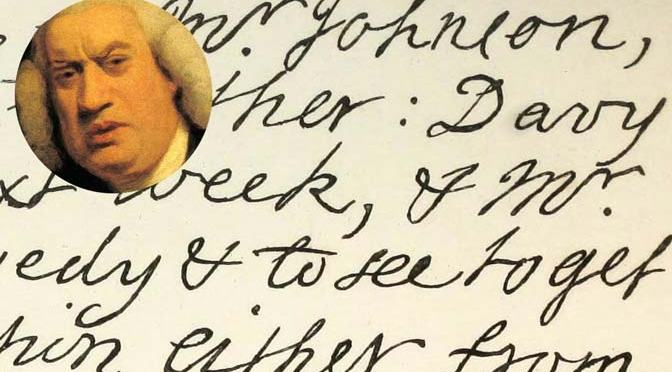For those new to CabbieBlog or readers who are slightly forgetful, on Saturdays I’m republishing posts, many going back over a decade. Some will still be very relevant while others have become dated over time. Just think of this post as your weekend paper supplement.
Join the queue (07.09.2010)
Often as I’ve put the cab up on the Paddington rank, I have watched passengers as they have squabbled about their relative positions in the queue, blithely ignoring the fact that behind me are 100 taxis available for hire. Observing this I’ve just put it down to “Johnny Foreigner” who doesn’t understand the quaint English courtesy of standing in a line and waiting one’s turn.
Apparently though according to a recent survey LINK the English are becoming more impatient; 41 per cent of people refuse to queue longer than two minutes in stores, with two-thirds regularly stomping away in a huff at having to endure a wait for anything. Furthermore, half of us refuse even to enter a shop if there is the sign of a queue.
Six years ago in a previous survey we were prepared to wait patiently for a barely credible five minutes before impatience got the better of us.
I remember visiting Paris in the 50’s and finding a ticket number dispensing machine attached to bus stops, used to establish the order passenger should embark, this at a time when queuing in England was seen as enduring a mild hardship for the common good, if soldiers at Dunkirk could stand in line to board their ship, waiting one’s turn to buy a loaf of bread was what set up apart from those “one the other side of the English Channel”.
We now one company is keeping alive this tradition I discovered recently when I visited the London Eye. On arrival I noted with smug self-satisfaction, the queue stretching into infinity for the attraction. Clutching my “fast track” pre-booked confirmation I joined the queue for the ??? kiosk. After 10 minutes of waiting the assistant informed me as she ad other before me that I was in the wrong queue and directed me to the ticket office. A crowd of us joined the back of the 80ft long queue marked “Pre-booked and Group Bookings” each holding their fast-track confirmation receipts.
When reaching the desk I have to admit dear reader my stiff upper lip was sorely tested when told again that I was in the wrong queue. The sound of protestations from my fellow queuers the desk clerk reluctantly issued that precious official tick.
It then was only a matter of joining yet another 40ft long queue to enjoy the “flight”. Total time flying 40 minutes; total time queuing 40 minutes. Next time I’m going on a foggy day.






